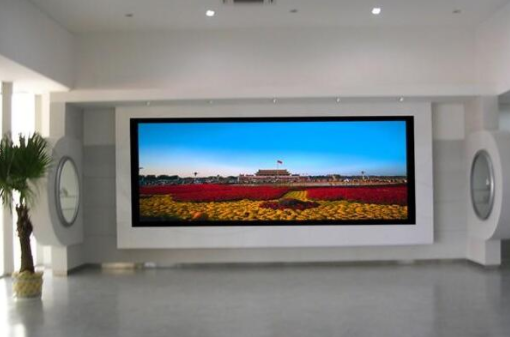
1. Sulfur, Chlorine, and Bromine Contamination
The silver-plated layer on the LED display holder can react with sulfur-containing gases, forming silver sulfide. When exposed to acidic nitrogen-containing chlorine or bromine gas, it may produce light-sensitive silver halides, leading to blackening of the light source. This kind of contamination can occur at any stage during the production, storage, aging, or use of LED light sources and luminaires.
Once sulfur, chlorine, or bromine contamination is confirmed, customers should choose an appropriate decontamination strategy based on the stage of contamination. Jinjian offers various detection services, including sulfur, chlorine, and bromine emission tests (with or without built-in power supply), material analysis, and process inspections in different stages such as packaging, assembly, and reflow soldering. Since these gases can penetrate through gaps in silica gel or brackets, Jinjian also provides a gas tightness test to help improve product quality and incoming inspection standards.
2. Oxidation
In high-temperature and high-humidity environments, silver can easily oxidize, forming black silver oxide. If oxidation is identified as the cause of the blackening, Jinjian recommends that customers check the airtightness of the light source and luminaire to prevent moisture ingress and further damage.
3. Carbonization
Experience shows that defects in the six raw materials used in indoor full-color LED displays—such as the chip holder, die attach adhesive, bonding wire, phosphor, and packaging adhesive—can lead to overheating and subsequent carbonization. Additionally, issues in the three main packaging processes—die bonding, wire bonding, and filling—may result in localized or total blackening of the light source.
Unreasonable heat dissipation design, low thermal conductivity of materials, poor power supply design, or excessive reflow soldering defects can also contribute to carbonization. When carbonization is suspected, Jinjian advises customers to perform a failure analysis on the LED light source or lamp, disassembling the unit to identify the root cause, such as defects or areas of high thermal resistance.
4. Chemical Incompatibility
Blackening of outdoor full-color LED light sources can sometimes be caused by chemical contamination, especially in sealed luminaires with limited airflow. If chemical incompatibility is identified as the cause, Jinjian suggests conducting a detailed investigation into the materials used in the lamp to identify incompatible components.
It’s important to note that blackening is often just a surface symptom, and the actual causes could include sulfur, chlorine, bromine contamination, oxidation, carbonization, or chemical incompatibility. Many LED manufacturers lack the necessary equipment and expertise for accurate diagnosis, relying instead on experience and assumptions. To address this, Jinjian offers a rapid initial diagnosis service for LED light source blackening, helping customers quickly and accurately determine the cause within two days. Based on the findings, Jinjian provides tailored solutions to resolve the issue effectively and efficiently.
Low frequency online UPS, Tower Type Low Frequency Online UPS, Low Frequency Low Voltage Online UPS
Shenzhen Unitronic Power System Co., Ltd , https://www.unitronicpower.com
![<?echo $_SERVER['SERVER_NAME'];?>](/template/twentyseventeen/skin/images/header.jpg)